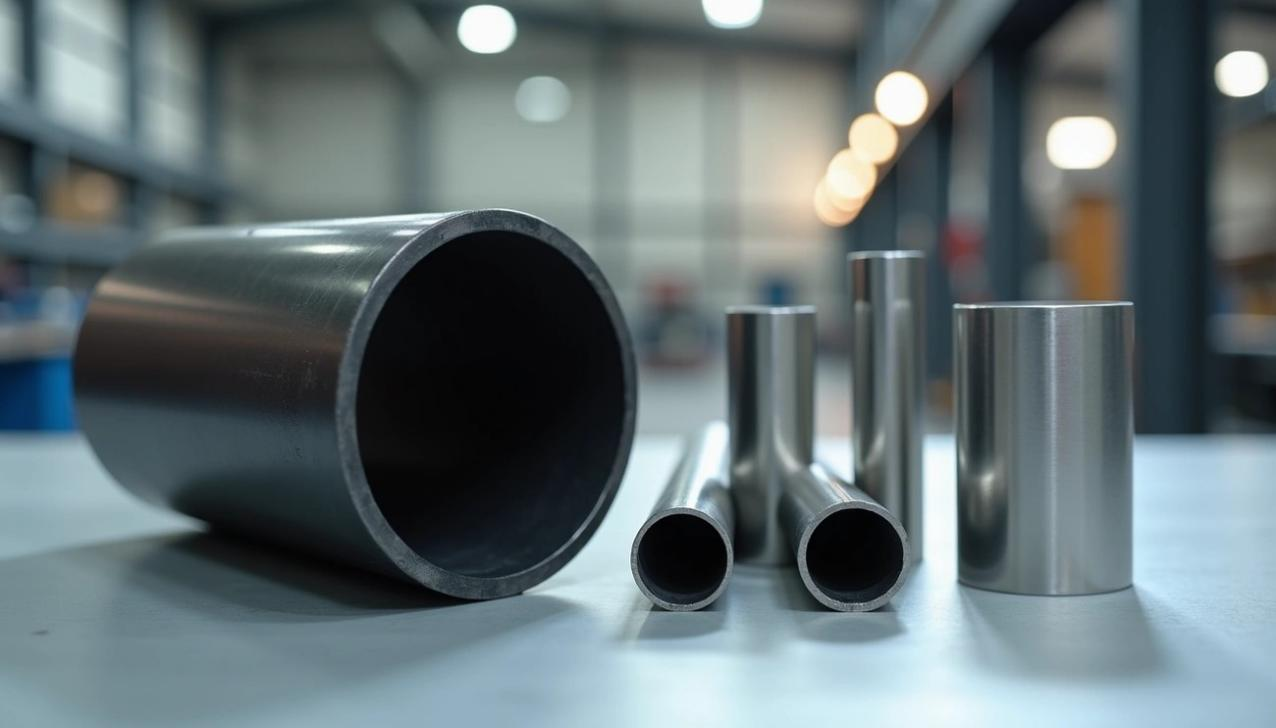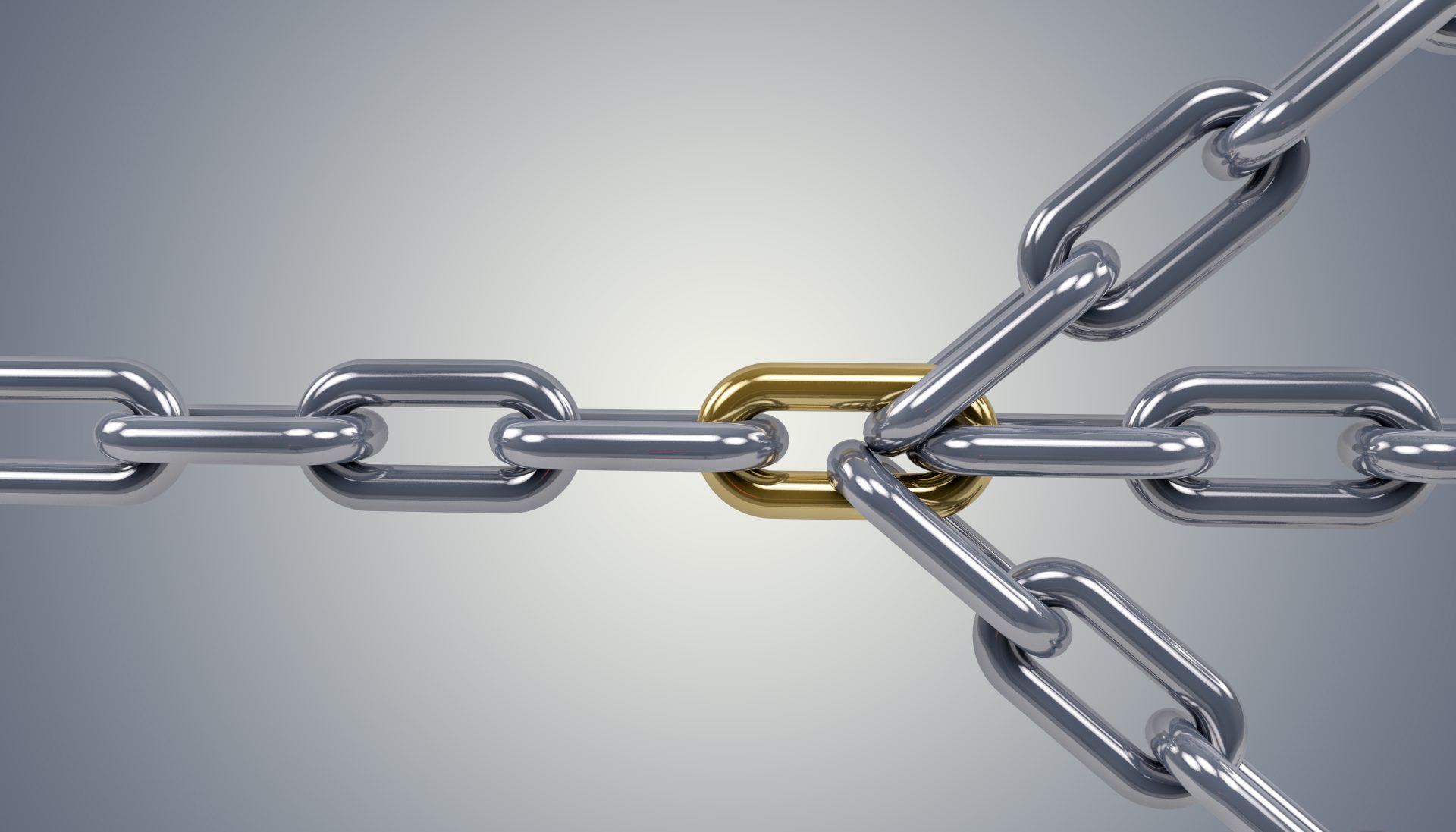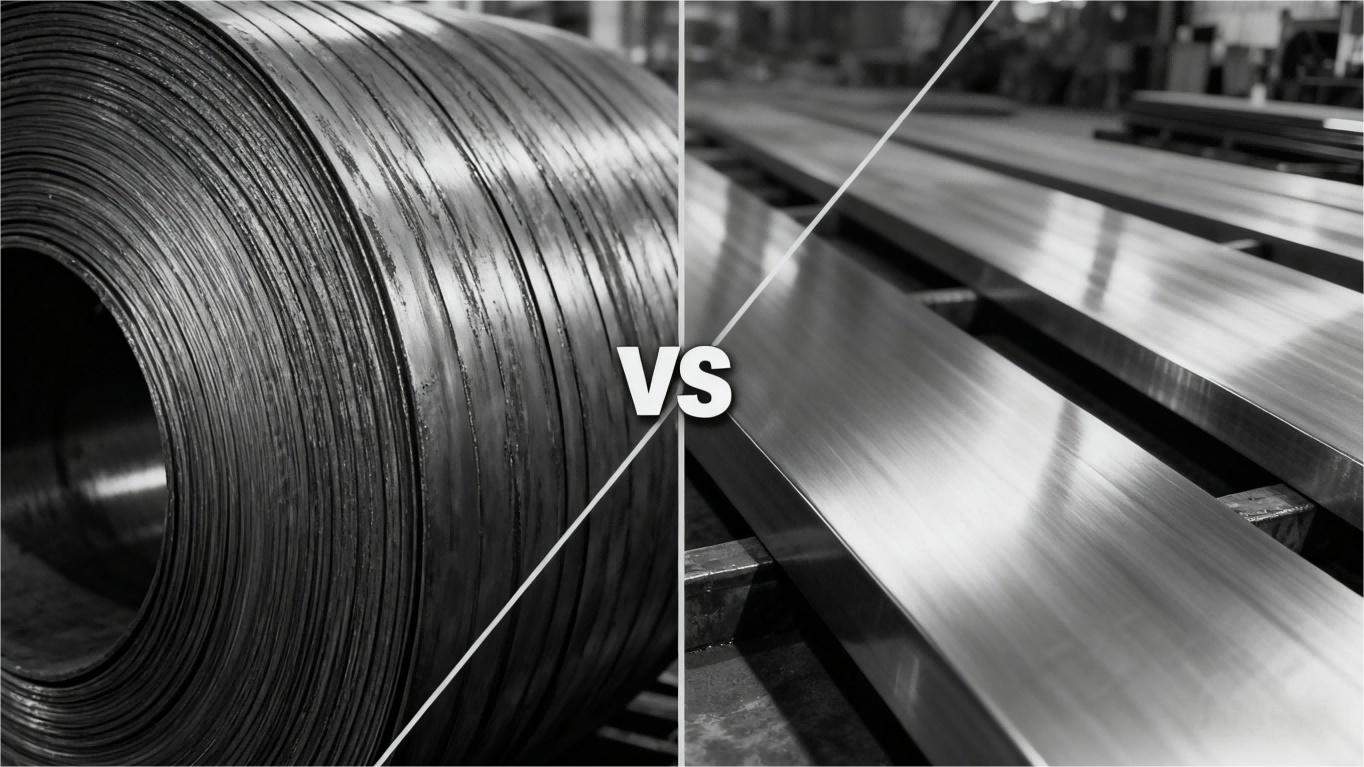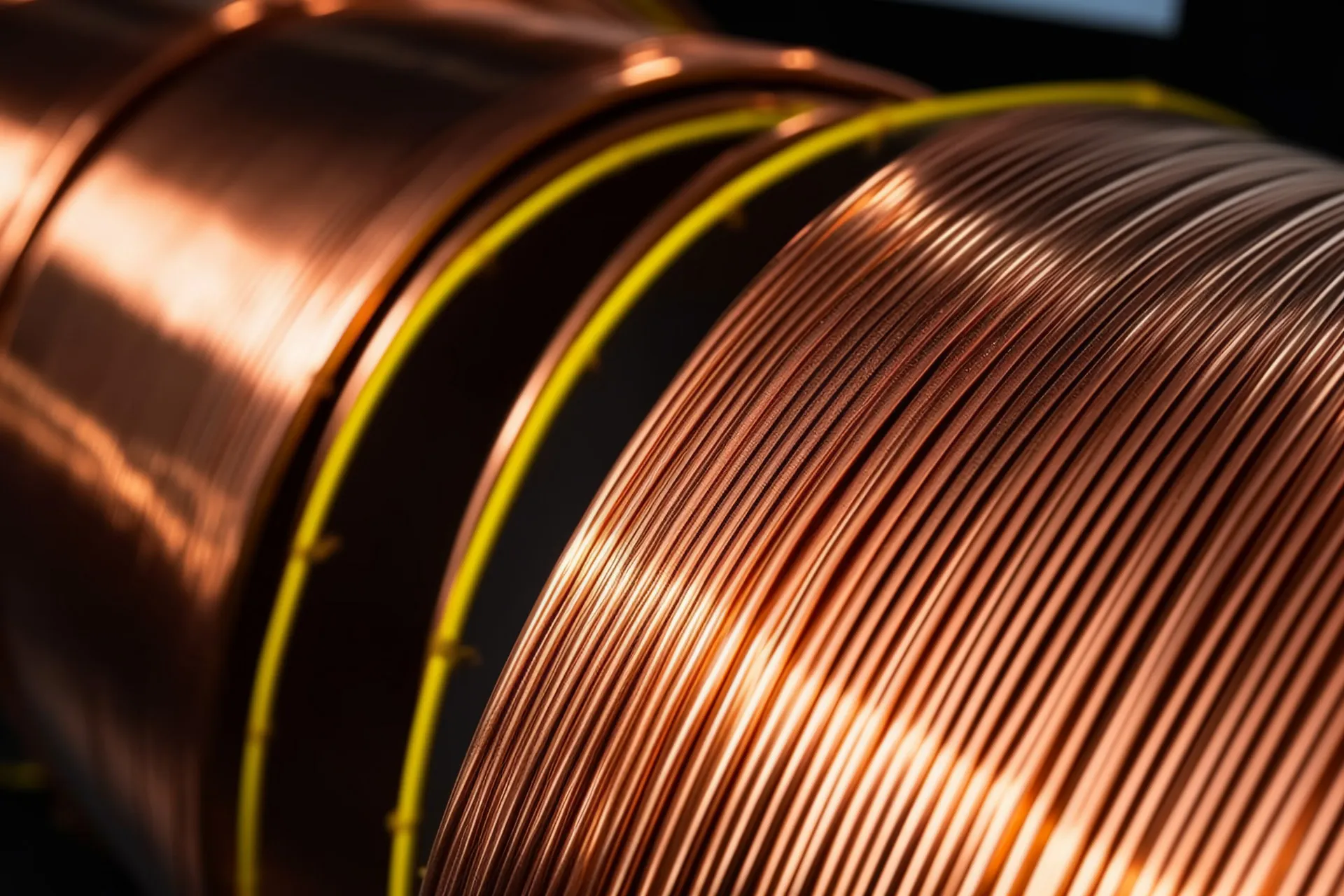博客

Pipe vs. Tube: They Look Similar, But They’re Not. Here’s When to Use Each.
At first glance, pipes and tubes seem identical—both hollow metal cylinders. But they’re distinct products, each with unique uses and traits.
Pipes are hollow cylinders mainly used for transporting fluids and gases. Tubes (which can also be square or rectangular) on the other hand, serve as the structural support in mechanical parts or for precision use.
When choosing between pipes and tubes, remember to focus on their key differences: application, shape, sizing, and cost.

Strength vs. Toughness vs. Hardness: Understanding the Trifecta of Steel Performance
Steel is a core material for industry and infrastructure. You can find it in small machine parts and large building steel frames. Its performance directly determines product quality and safety. Strength, toughness, and hardness are the "big three" indicators to measure steel performance.

Hot Processing vs. Cold Processing: How Processes Affect Accuracy, Strength, and Cost
Manufacturing needs a balance between precision, strength and cost. All three are necessary to make a part, and all three must be balanced for a successful manufacturing process.

Low Carbon Steel: Properties, Advantages, Types and Uses
Low carbon steel is a type of steel which contains a small amount of carbon compared to other steels, usually between 0.04 and 0.25% by weight.
The use of a low amount of carbon makes low carbon steel more ductile, malleable, and weldable than higher-carbon steels. Low carbon steel is versatile, cost-effective and easy to use, becoming an essential and most popular type of steel in the world.
In this article, we will explain what low carbon steel is, its chemical composition, and its properties. We will also look at its advantages and disadvantages. After, we will cover different types and common grades of low carbon steel. Finally, we will see how low carbon steel is made, and its applications across industries.

What are four Types of Carbon Steel and Their Use Case?
The four carbon steel types are low, medium, high, and ultra-high carbon steel—used respectively for weldable sheet/tubing, shafts/gears, springs/wear parts, and knives/dies. Based on manufacturer practice and AISI/SAE ranges, we show how carbon content shifts tensile strength, hardness, ductility, weldability, and heat-treatment response.
You’ll learn: exact composition bands, key property trade-offs, typical heat treatments, and a quick use-case selector.

热轧钢与冷轧钢:有什么区别?
Rolled steel is a type of steel that has been processed through a series of rollers to change its shape, thickness, and physical properties.
The rolling process is done at either a hot temperature or near room temperature. Hot rolling is done at high temperatures (over 1700˚F), resulting in steel which is easier to shape, but has a rough, scaly surface. Cold rolling occurs after the steel has already been hot rolled. The steel is then rolled again at room temperature, forming steel which has higher precision, higher strength, and a smooth, more refined finish.
The main difference between hot rolled and cold rolled steel is in how they are processed. The difference in processing directly affects their shape and properties

热轧钢与冷轧钢:区别与选择指南
Rolled steel is a type of steel that has been processed through a series of rollers to change its shape, thickness, and physical properties.
The rolling process is done at either a hot temperature or near room temperature. Hot rolling is done at high temperatures (over 1700˚F), resulting in steel which is easier to shape, but has a rough, scaly surface. Cold rolling occurs after the steel has already been hot rolled. The steel is then rolled again at room temperature, forming steel which has higher precision, higher strength, and a smooth, more refined finish.
The main difference between hot rolled and cold rolled steel is in how they are processed. The difference in processing directly affects their shape and properties.


